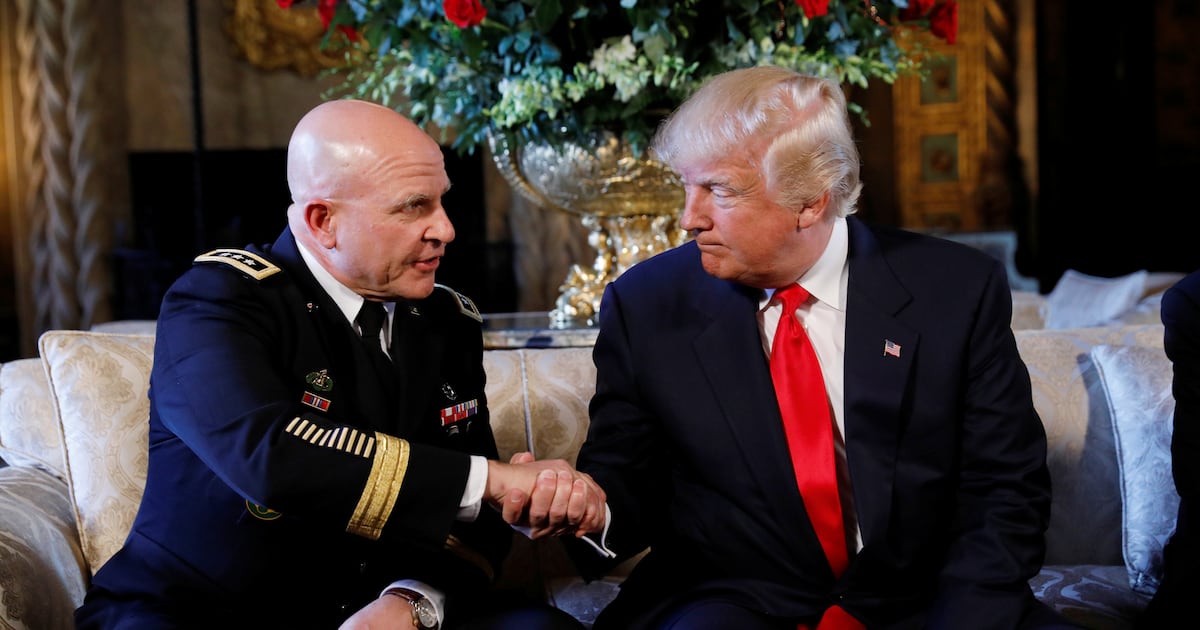The U.S. government remains shut, crippling a growing range of businesses and gumming up the gears of commerce at home and abroad. Amid all this chaos, however, America is about to launch a new version of one of the government’s most important and valuable products: the $100 bill.

The Federal Reserve this week is rolling out new Benjamins as part of its continuing efforts to stay ahead of cheaters. “The U.S. government basically redesigns Federal Reserve notes to stay ahead of counterfeiting,” said Michael Lambert, associate director at the Federal Reserve. The central bank is constantly redesigning and rethinking the design of every bank note—except the lowly $1 bill. “There’s very little threat to the $1 note,” said Lambert. “There’s also specific legislation that prohibits redesign of the dollar note, because of the burden it would impose on vending machines.”
But for its 100th birthday (the first Federal Reserve $100 note was issued in 1914), the Benjamin is getting a major makeover. You can get a look at it here.
The portrait of Benjamin Franklin won’t be touchéd, or touchéd up. “It is still Benjamin Franklin and still easily recognized,” said Lambert. “And that’s really important to global users, that they recognize the Benjamins as the $100 note.” (Despite Lambert’s momentary lapse, it should be noted that the Fed emphatically does not refer to the $100s as “Benjamins.” Of course, technically, every dollar created in the last several years should be a “Benjamin Bernanke.”)
The new note will have several new important security features. The most noticeable will be a three-dimensional security ribbon, a solid blue vertical stripe on the front of the note woven into the paper just to the right of Franklin’s portrait. “When you tilt the note, you’ll see images of 100s that changes into bells back and forth,” said Lambert. Move the bill from side to side, and the bells will move up and down. The second feature involves a quill and inkwell that will also be featured on the front of the note. “Both the quill and the inkwell are copper until you move the note,” said Lambert. “As you tilt it you’ll see the quill change from copper to green, and the quill will give the appearance that it’s disappearing in to the inkwell and reappear as you tilt it at a 45-degree angle.” Also, the counter—the number 100—in the right hand corner will shift from copper to green.
These new features are layered on top of existing security feature—like images that appear when you hold the note up to the light. Such watermark images are features more generally seen in foreign currencies than American ones. But, as Lambert notes, that’s intentional. “We have security features in the banknote today that resonate with the international community.”
Note Lambert’s repeated references to international users of the $100 bill. This gets to something important and not very well understood. The $100 bill is much more than an instrument of domestic exchange or a handy hook for rap lyrics. The dollar is stable, beloved, and used around the world for commerce and savings. It is also a major global store of value. Around the world, people who may not trust their own currencies, or fear for the safety of their banks, or who just like to have ready cash on hand (regardless of the purpose) tend to keep $100 bills handy. (And if we’re being completely honest, lots of people who engage in illicit activities also use dollars.) The $100 denomination is small enough to be accessible to lots of people and yet big enough not to occupy a lot of space. If you were to try to store your net worth in $1 bills under your mattress, it would create a pretty big lump.
Indeed, when it comes to the paper version of American currency, $100 bills are the show. You and I may transact our daily cash business in singles, $5s, $10s, and the occasional $20. But as Fed economist Ruth Judson notes in a research paper: “At the end of 2011, U.S. currency in circulation totaled about $1 trillion, of which nearly $800 billion, or just over three quarters, was in the $100 denomination.” The Fed today says they are 8.9 billion $100 notes circulating, worth $890 billion. And a majority of them circulate outside our borders. ”Recent analysis estimates that between one half to two thirds of the value of those notes circulates outside of the United States,” according to the Federal Reserve.
The global embrace of the $100 bill is actually great news for America, and it’s a sign of this nation’s continuing relevance in the global economy. Dollar bills (of any denomination) represent a claim on the labor, services, and products of Americans. When paper dollars circulate, or are stored, abroad it means foreigners aren’t really bothering to collect those claims. Despite the current madness affecting Washington and our broader economy, the dollar is still safe and relatively strong.
Those who like to live large shouldn’t fear. Existing Benjamins will continue to be legal tender, and there’s no need to turn them in. Over time, as banks collect cash and deposit it at the Fed, the central bank will destroy the old notes and put new ones into circulation. But precisely because $100 bills are so beloved overseas, the process would take awhile. Notes Lambert: “Because hundreds circulate widely around the world, we don’t see them as often.”






